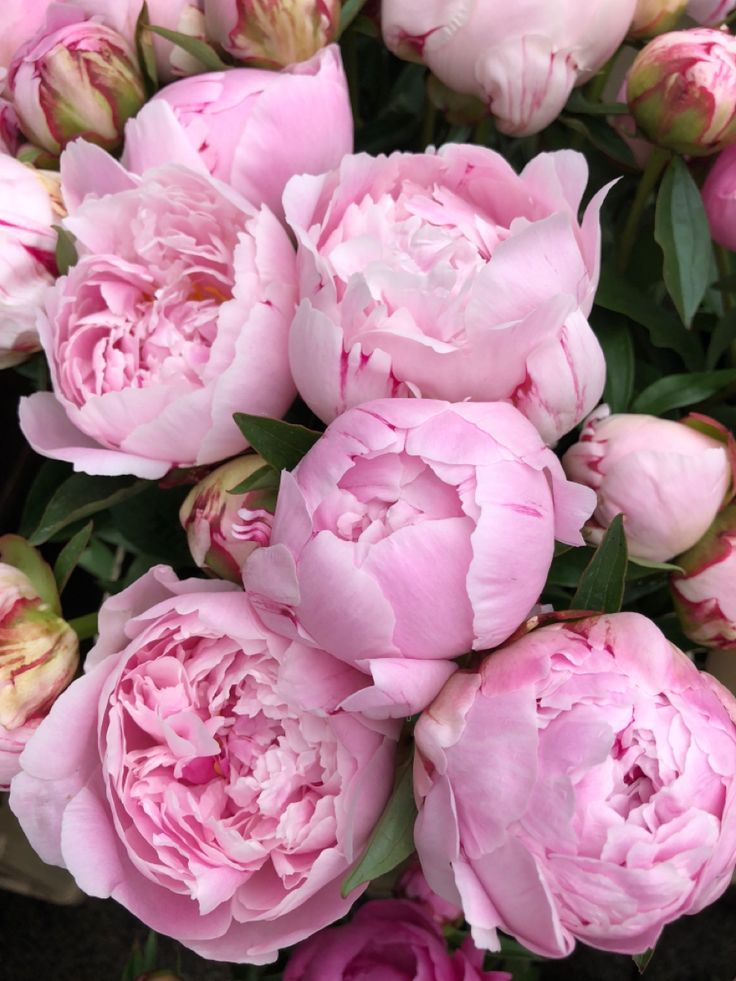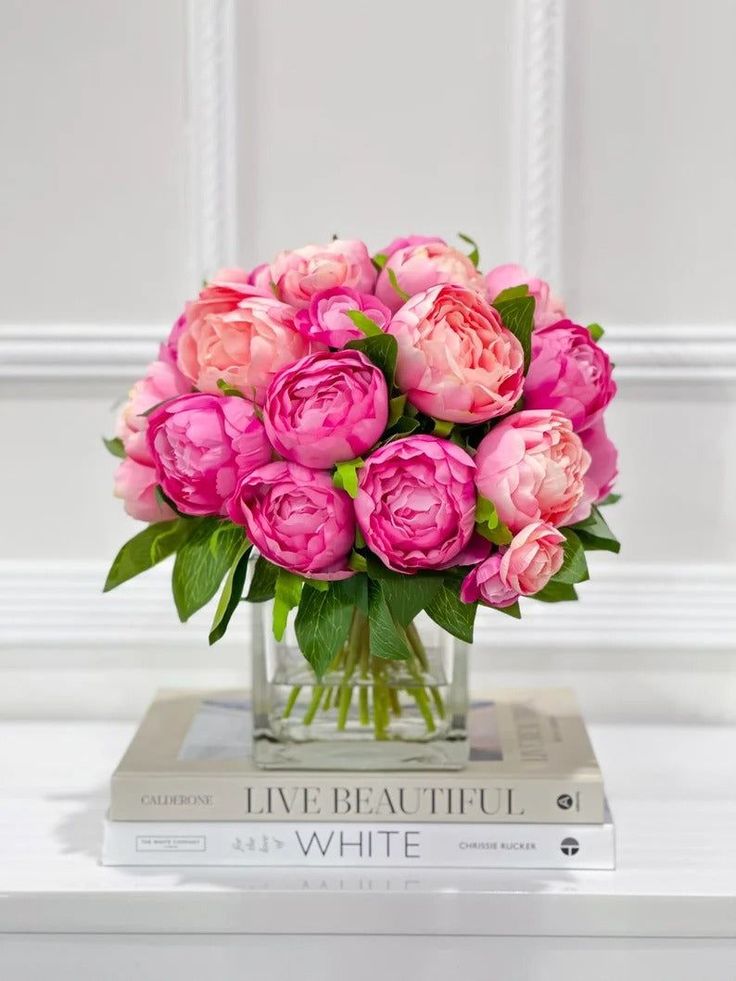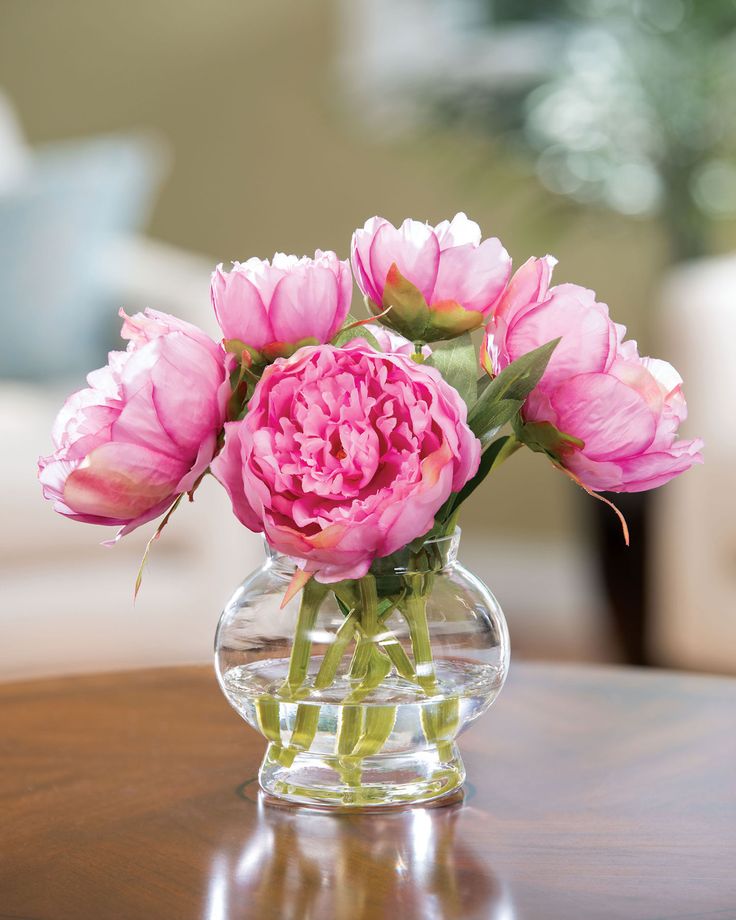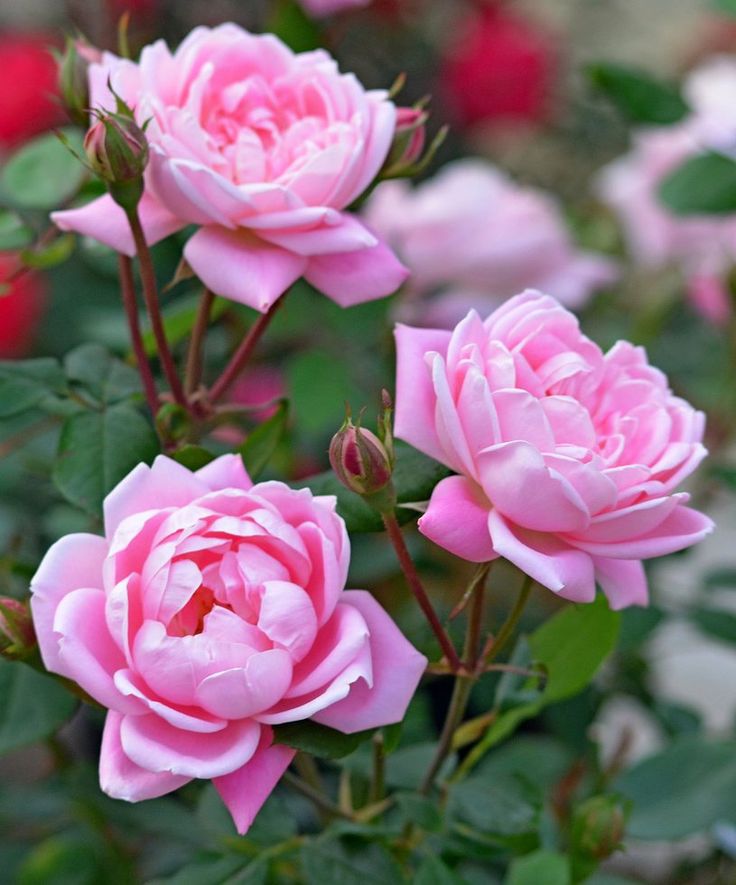In today’s fast-paced world, the allure of natural remedies and holistic healing practices continues to grow. Many people are turning to medicinal herbs as a source of wellness, seeking to harness the healing power of nature’s pharmacy right in their own backyard. Establishing a medicinal herb garden not only provides access to fresh, organic herbs for culinary use but also offers a sustainable and cost-effective way to cultivate remedies for common ailments and promote overall health and well-being. In this comprehensive guide, we’ll explore the steps, benefits, and best practices for establishing your own medicinal herb garden, empowering you to cultivate a thriving oasis of healing plants and unlock the secrets of herbal medicine.








Understanding the Benefits of Medicinal Herb Gardens
Medicinal herb gardens offer numerous benefits for health, wellness, and sustainability:
- Access to Fresh Remedies: By growing your own medicinal herbs, you have access to fresh, potent remedies for a wide range of health conditions, from digestive disorders and stress relief to immune support and skin care.
- Quality Control: When you grow medicinal herbs at home, you have full control over the growing conditions, harvesting methods, and preparation techniques, ensuring the highest quality and potency of your herbal remedies.
- Cost Savings: Cultivating medicinal herbs in your own garden can save you money compared to purchasing commercial herbal products, supplements, or pharmaceutical drugs, providing a cost-effective and sustainable alternative for wellness.
- Connection to Nature: Establishing a medicinal herb garden allows you to connect with nature, deepen your understanding of plant medicine, and cultivate a sense of mindfulness and appreciation for the healing power of plants.
- Environmental Sustainability: Growing medicinal herbs organically and sustainably promotes environmental stewardship, biodiversity conservation, and ecosystem health, reducing reliance on synthetic chemicals and supporting pollinators and beneficial insects.
Planning Your Medicinal Herb Garden
Before you start planting, consider the following factors when planning your medicinal herb garden:
- Site Selection: Choose a sunny, well-drained location for your herb garden, preferably close to your home for easy access and daily care. Ensure the soil is fertile, loose, and free-draining, with good air circulation and protection from strong winds or frost pockets.
- Herb Selection: Research medicinal herbs that are well-suited to your climate, growing conditions, and health needs, considering factors such as hardiness, water requirements, and space availability. Focus on versatile herbs with multiple uses and therapeutic properties.
- Garden Design: Design your herb garden layout based on your available space, aesthetic preferences, and practical considerations, such as pathways, raised beds, or companion plantings. Consider grouping herbs with similar growing requirements and complementary benefits together for ease of care and harvesting.
- Companion Planting: Incorporate companion planting principles into your herb garden design to enhance plant health, repel pests, attract beneficial insects, and maximize space utilization. Companion plants such as flowers, vegetables, or aromatic herbs can help create a balanced and biodiverse ecosystem in your garden.
Selecting Medicinal Herbs for Your Garden
Choose a diverse selection of medicinal herbs for your garden based on your health goals, preferences, and growing conditions:
- Common Culinary Herbs: Start with familiar culinary herbs such as basil, thyme, rosemary, and mint, which have medicinal properties and culinary uses.
- Native Medicinal Plants: Include native medicinal plants that are well-adapted to your local climate and ecosystem, such as echinacea, elderberry, yarrow, and lavender.
- Traditional Medicinal Herbs: Explore traditional medicinal herbs used in herbalism and folk medicine, such as chamomile, calendula, lemon balm, and St. John’s wort.
- Adaptogenic Herbs: Consider incorporating adaptogenic herbs known for their stress-relieving and immune-modulating properties, such as ashwagandha, holy basil, rhodiola, and astragalus.
Planting and Caring for Your Medicinal Herb Garden
Follow these guidelines for planting and caring for your medicinal herb garden:
- Soil Preparation: Prepare the soil by amending it with compost, aged manure, or organic matter to improve fertility, drainage, and soil structure. Test the soil pH and adjust it as needed to suit the specific requirements of your chosen herbs.
- Planting Techniques: Plant herbs directly in the garden soil or in containers, raised beds, or herb spirals, following spacing recommendations and planting depths for each herb. Water thoroughly after planting and mulch around the base of plants to conserve moisture and suppress weeds.
- Watering and Maintenance: Water herbs regularly, especially during dry periods, to keep the soil evenly moist but not waterlogged. Mulch around plants with organic materials such as straw, shredded leaves, or wood chips to conserve moisture, regulate soil temperature, and deter weeds.
- Harvesting and Pruning: Harvest herbs regularly to promote growth and maintain plant health, picking leaves, flowers, or stems as needed for culinary or medicinal use. Prune herbs periodically to remove dead or diseased growth, encourage branching, and shape the plant for optimal growth and appearance.
- Pest and Disease Management: Monitor herbs for signs of pests, diseases, or nutrient deficiencies, and take appropriate action to prevent or mitigate problems through organic pest control methods, companion planting, or soil amendments.
Conclusion
Establishing a medicinal herb garden is a rewarding and empowering endeavor that allows you to take control of your health and well-being while connecting with the healing power of nature. By selecting and cultivating a diverse array of medicinal herbs suited to your climate and growing conditions, you can create a sustainable and abundant source of natural remedies for yourself, your family, and your community. Whether you’re a novice gardener or a seasoned herbalist, cultivating a medicinal herb garden offers endless opportunities for learning, exploration, and self-care, allowing you to nurture your body, mind, and spirit with the gifts of the earth.
FAQs (Frequently Asked Questions)
- What are some easy-to-grow medicinal herbs for beginners?
- Some easy-to-grow medicinal herbs for beginners include basil, chamomile, lavender, lemon balm, peppermint, and calendula. These herbs are versatile, resilient, and well-suited to a wide range of growing conditions, making them ideal choices for novice gardeners seeking to cultivate their own herbal remedies.
- Can I grow medicinal herbs indoors?
- Yes, many medicinal herbs can be grown indoors in containers or pots on a sunny windowsill or under grow lights. Choose herbs that thrive in indoor conditions, such as basil, thyme, mint, and parsley, and provide adequate light, water, and airflow to support healthy growth and development.